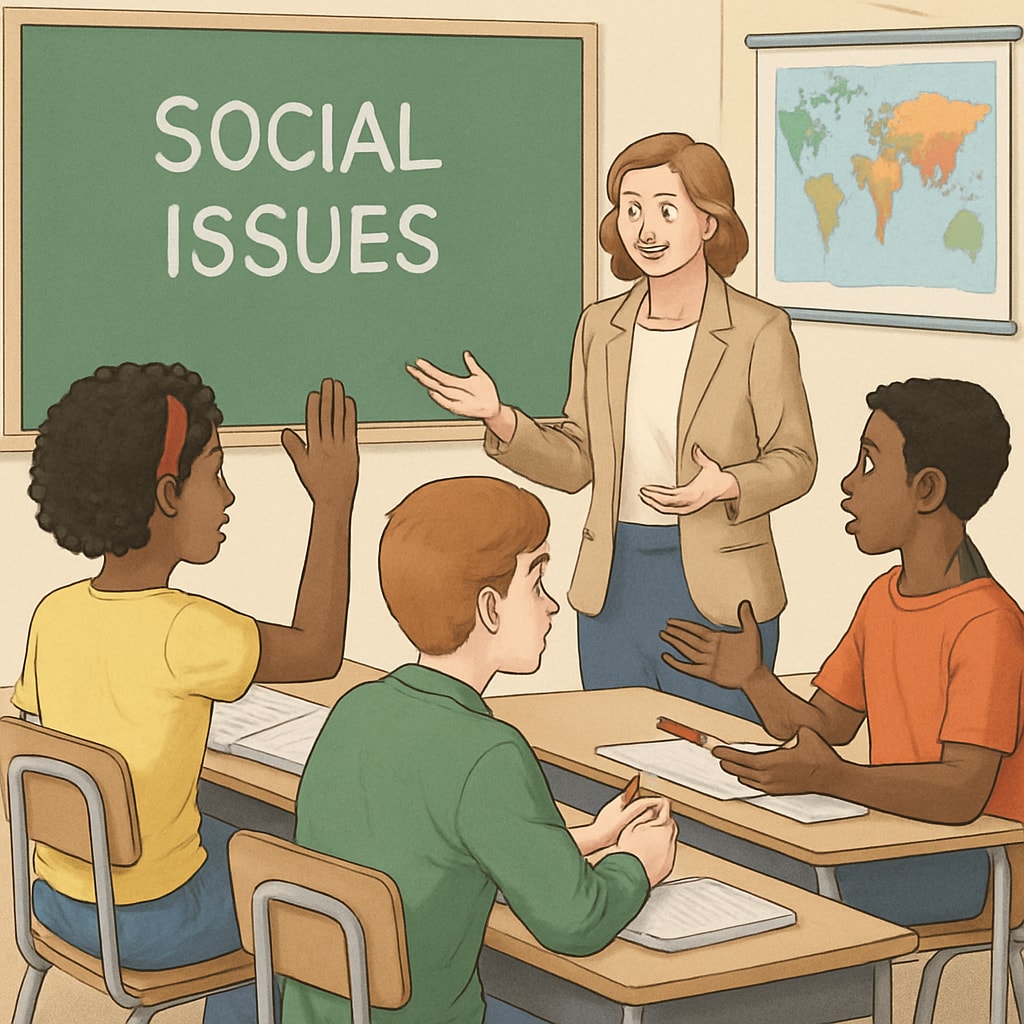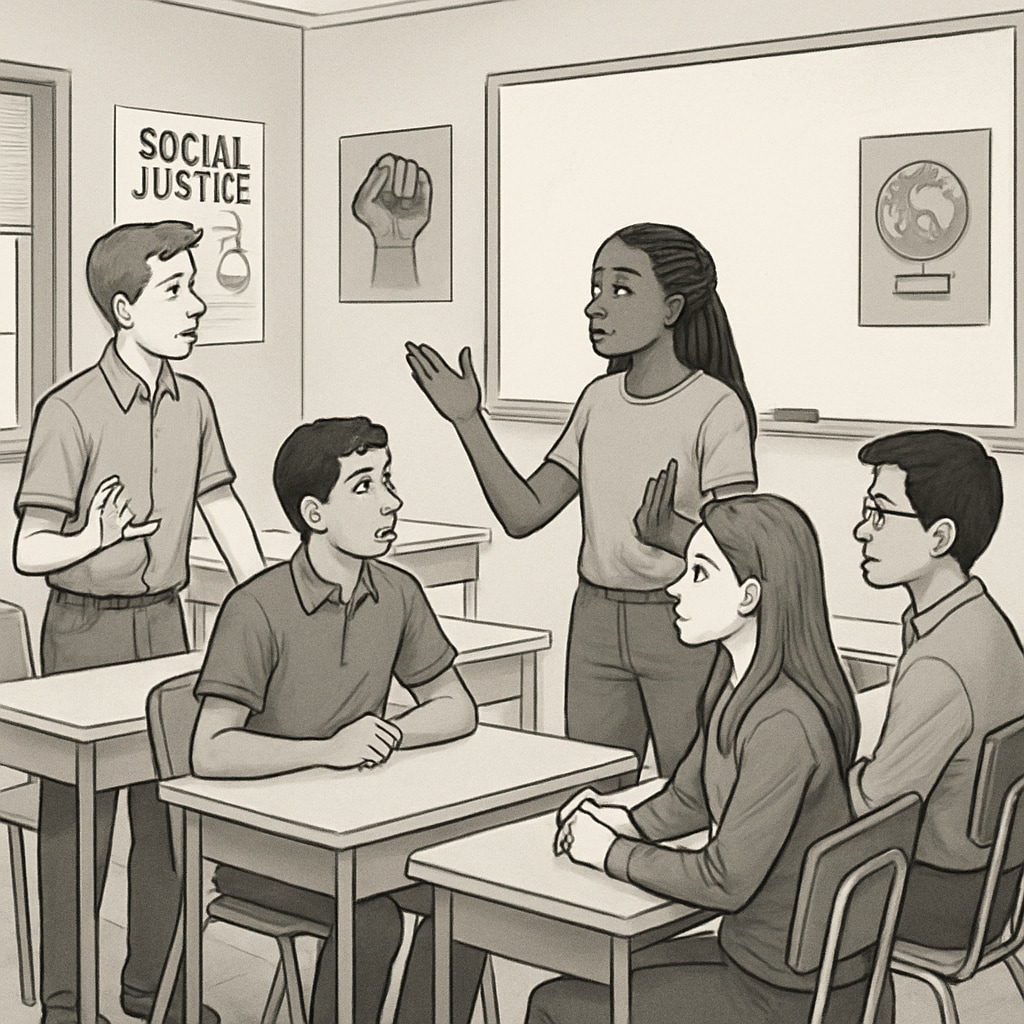In recent years, the concept of “school wokeness” has become a topic of heated debate, sparking conversations about the political and ideological influences in education. A recent study on schools’ “wokeness” sheds light on how students perceive these changes, revealing their thoughts, concerns, and expectations. This research highlights the increasing role of social and political ideologies in shaping the educational experience and the challenges this poses for the K-12 system.

What Is “School Wokeness”?
The term “wokeness” refers to heightened awareness of social issues, including race, gender, and equity. In the context of schools, it often denotes the integration of these themes into curricula, policies, and campus culture. While some view this as a progressive step toward inclusivity, others argue it risks overshadowing traditional educational priorities. According to the study, students hold mixed opinions about these developments, with many expressing feelings of both empowerment and unease.
For example, some students appreciate the emphasis on diversity and representation, believing it creates a more inclusive environment. However, others feel pressured to conform to specific ideological narratives, fearing that dissenting opinions might lead to social isolation.
How Students Experience Wokeness in Schools
Students are encountering “school wokeness” in various forms, including classroom discussions, extracurricular programs, and administrative policies. The study revealed key areas where students felt these influences most strongly:
- Curriculum Changes: Lessons increasingly incorporate topics such as social justice, climate change, and equity.
- Campus Culture: Emphasis on inclusivity and activism often shapes school events and community initiatives.
- Peer Relationships: Students reported feeling both solidarity and tension when discussing ideological viewpoints with peers.
While some students believe these experiences prepare them for future civic engagement, others worry that the focus on activism detracts from essential academic skills like critical thinking and problem-solving.

Challenges and Implications for K-12 Education
The increasing prominence of wokeness in schools raises several challenges for educators, parents, and students. One major concern is the potential for polarization within the classroom. Some students feel that the emphasis on ideological themes creates a divisive atmosphere, making it difficult to engage in balanced, open discussions.
Additionally, the study highlighted the risk of “performative wokeness,” where schools adopt surface-level changes without addressing deeper systemic issues. This can lead to student disillusionment and a lack of trust in educational institutions. Educators are tasked with striking a delicate balance between fostering awareness and maintaining an unbiased, academically rigorous environment.
As a result, schools must carefully evaluate how to integrate social and political themes into education without compromising their mission to equip students with foundational skills and knowledge. Collaboration between educators, students, and parents is essential to ensure that these efforts genuinely benefit the school community.
Moving Forward: Finding Common Ground
While the debate over school wokeness will likely continue, the study emphasizes the importance of listening to students’ perspectives. By understanding their experiences and concerns, schools can create a more inclusive and balanced environment. Encouraging open dialogue, fostering critical thinking, and focusing on empathy can help bridge ideological divides and strengthen the educational system.
Ultimately, the goal should be to nurture well-rounded individuals who are not only socially conscious but also equipped with the skills to navigate complex challenges in the modern world.
Readability guidance: Short paragraphs and lists summarize key points effectively. Overuse of passive voice is avoided, and transitional words like “however,” “in addition,” and “as a result” ensure smooth flow between ideas.


